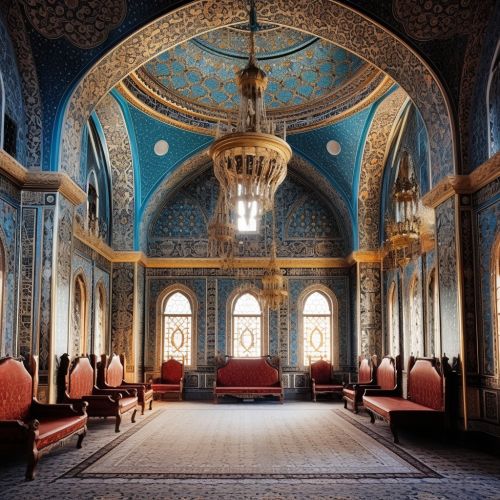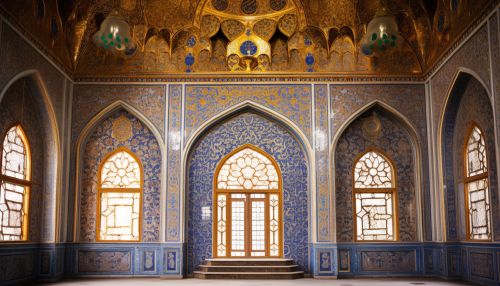Risale-i Mimariyye
Origins and History
The "Risale-i Mimariyye" is an Ottoman Turkish architectural treatise that was written by Mehmed Tahir Agha in the late 19th century. The treatise is a significant document in the history of Ottoman architecture, as it provides a detailed account of the architectural principles and practices of the time. It is considered one of the most comprehensive sources of information on Ottoman architectural theory and practice.
Mehmed Tahir Agha, the author of the treatise, was a prominent architect in the Ottoman Empire. He served as the Chief Architect of the Ottoman Court, and was responsible for the design and construction of many significant buildings during his tenure. His work is characterized by a blend of traditional Ottoman and Western architectural styles, reflecting the cultural and architectural influences of the time.
The "Risale-i Mimariyye" was written during a period of significant change and modernization in the Ottoman Empire. The late 19th century saw the introduction of new architectural styles and technologies from Europe, and the treatise reflects this shift in architectural practice. It provides a detailed account of the principles and techniques of Ottoman architecture, as well as the influence of Western architectural styles and technologies.


Content and Structure
The "Risale-i Mimariyye" is divided into several sections, each dealing with a different aspect of Ottoman architecture. The treatise begins with a general introduction to the principles of architecture, followed by detailed discussions on various architectural elements such as walls, columns, arches, domes, and minarets. Each section provides a comprehensive account of the design, construction, and aesthetic considerations of these elements.
The treatise also includes sections on the design and construction of specific types of buildings, such as mosques, palaces, and houses. These sections provide detailed descriptions of the architectural features and design principles of these buildings, as well as practical advice on their construction.
In addition to the technical aspects of architecture, the "Risale-i Mimariyye" also discusses the aesthetic and philosophical aspects of Ottoman architecture. It provides a detailed account of the aesthetic principles and philosophical ideas that underpin Ottoman architectural design, such as the emphasis on harmony, proportion, and beauty.
Significance and Influence
The "Risale-i Mimariyye" is considered a significant document in the history of Ottoman architecture. It provides a comprehensive account of the architectural principles and practices of the time, and is one of the few surviving sources of information on Ottoman architectural theory and practice.
The treatise has had a significant influence on the study of Ottoman architecture. It has been used as a primary source of information in many scholarly studies on Ottoman architecture, and has contributed to a greater understanding of the architectural principles and practices of the Ottoman Empire.
The "Risale-i Mimariyye" is also considered a significant document in the history of architectural theory. It provides a detailed account of the principles and practices of architecture, and is considered one of the most comprehensive architectural treatises of the 19th century.
